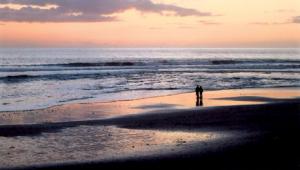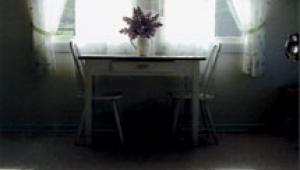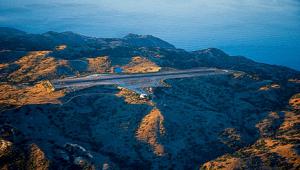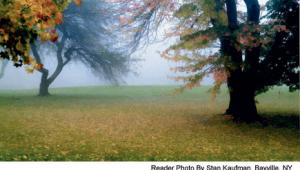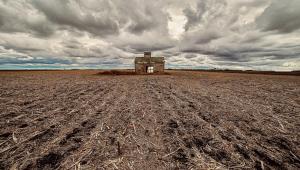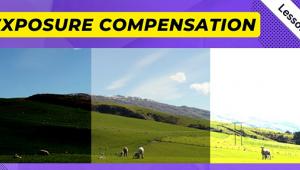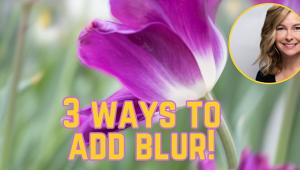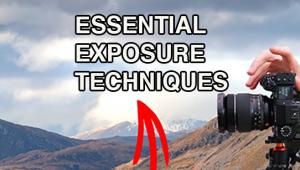Thanks a lot for useful info in this blog http://goo.gl/kzG8N and the nice technology is visible in this blog http://goo.gl/v1G3Z. I am really enjoyed for visiting the nice info in this blog and using the great technology in this blog http://goo.gl/g7Qip.
Photographing Shadows Page 2
 |
 |
|
|
||
A beautiful beach usually yields great results on film, but if you add a couple
holding hands and walking on the shore at sunset, you can make a very romantic
statement.
Sometimes you can return to a scene with great potential for silhouettes, such
as the interesting statue shown here. Instead of photographing it at midday,
I returned and captured pictures at dusk, when the clean lines of the statue
were accented against a colorful sunset.
Look for subjects that have a bold and simple shape. It's also imperative
that the subject be completely surrounded by the bright background, so that
the image will read well. A couple on the beach at sunset will produce clearly
recognizable shapes, but a group of people that are lined up too closely in
a row can merge together into a dark clump.
 |
|
|
Exposing for silhouettes is easy. As with sunset shots, several exposures
can yield good results. If your 35mm SLR (or point-and-shoot camera) has an
averaging meter, place the viewfinder over the brightest area and use your exposure-lock
feature to hold that exposure in place.
If it's sunset, and you want some detail in the foreground of your picture,
shoot about 15 minutes after the sun goes down when there is still some ambient
light around. Balance your exposure readings halfway between the foreground
and the sky.
As with sunrises and sunsets, you might want to experiment with filters to enhance
the color of the sky when photographing silhouettes. You can use a sunset, enhancing,
or amber filter to give you a variety of colorful background effects--your
subject will remain black.
- Log in or register to post comments


I am very enjoyed for this blog. Its an informative topic. It help me very much to solve some problems. Its opportunity are so fantastic and working style so speedy.
Cool gadgets



